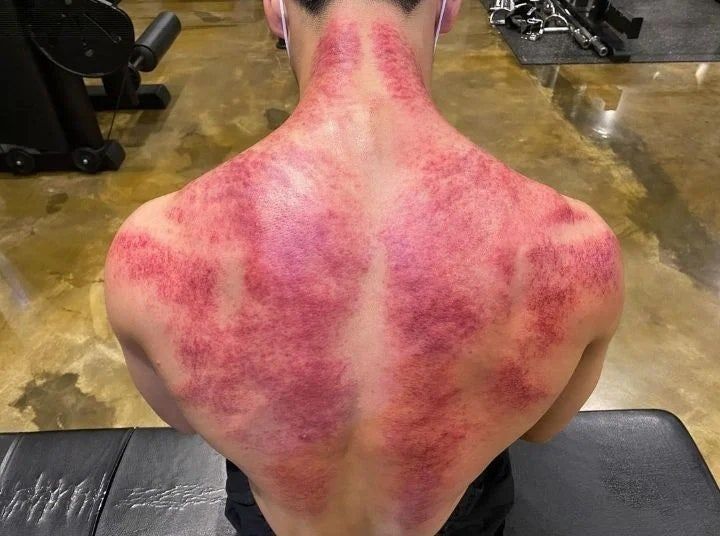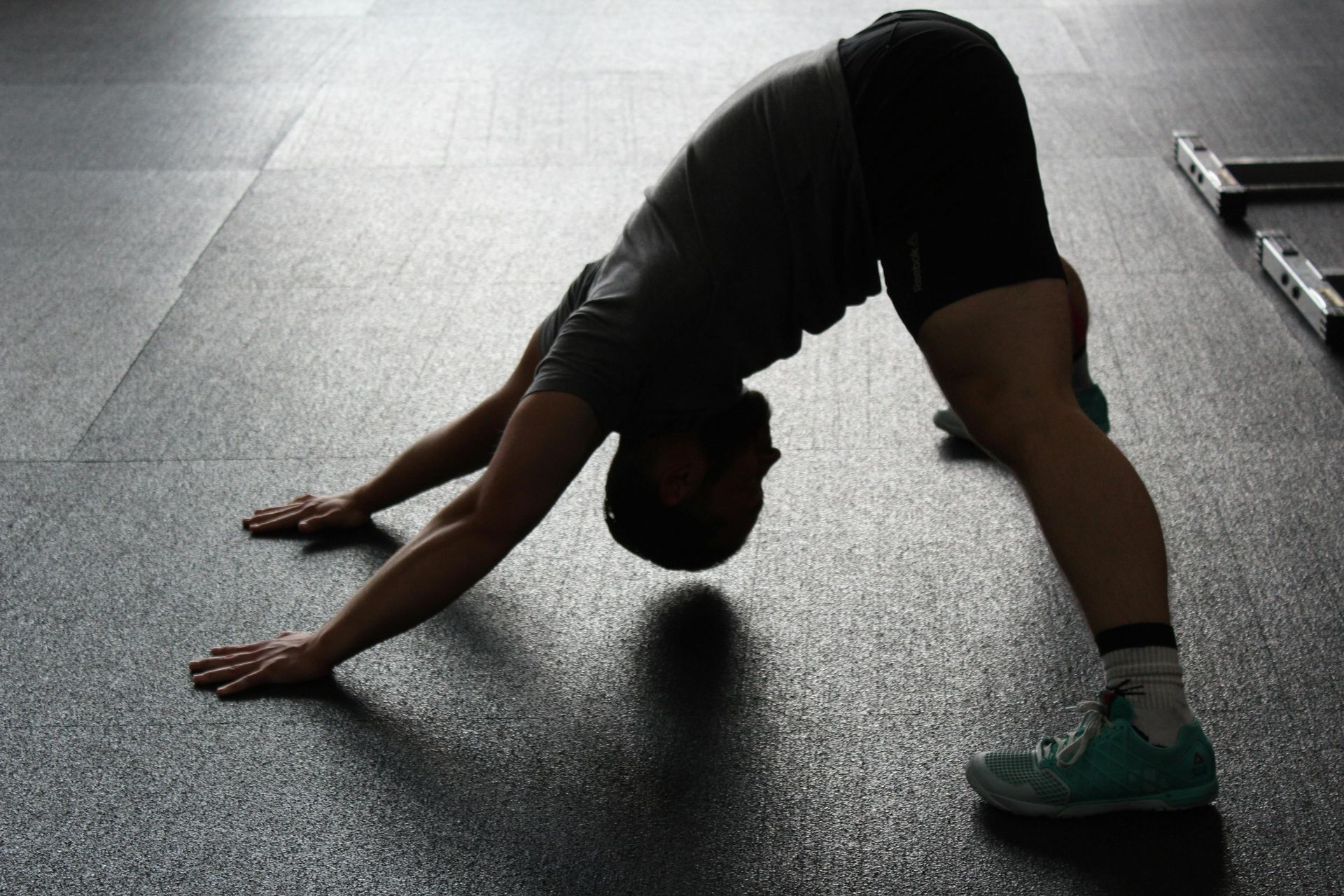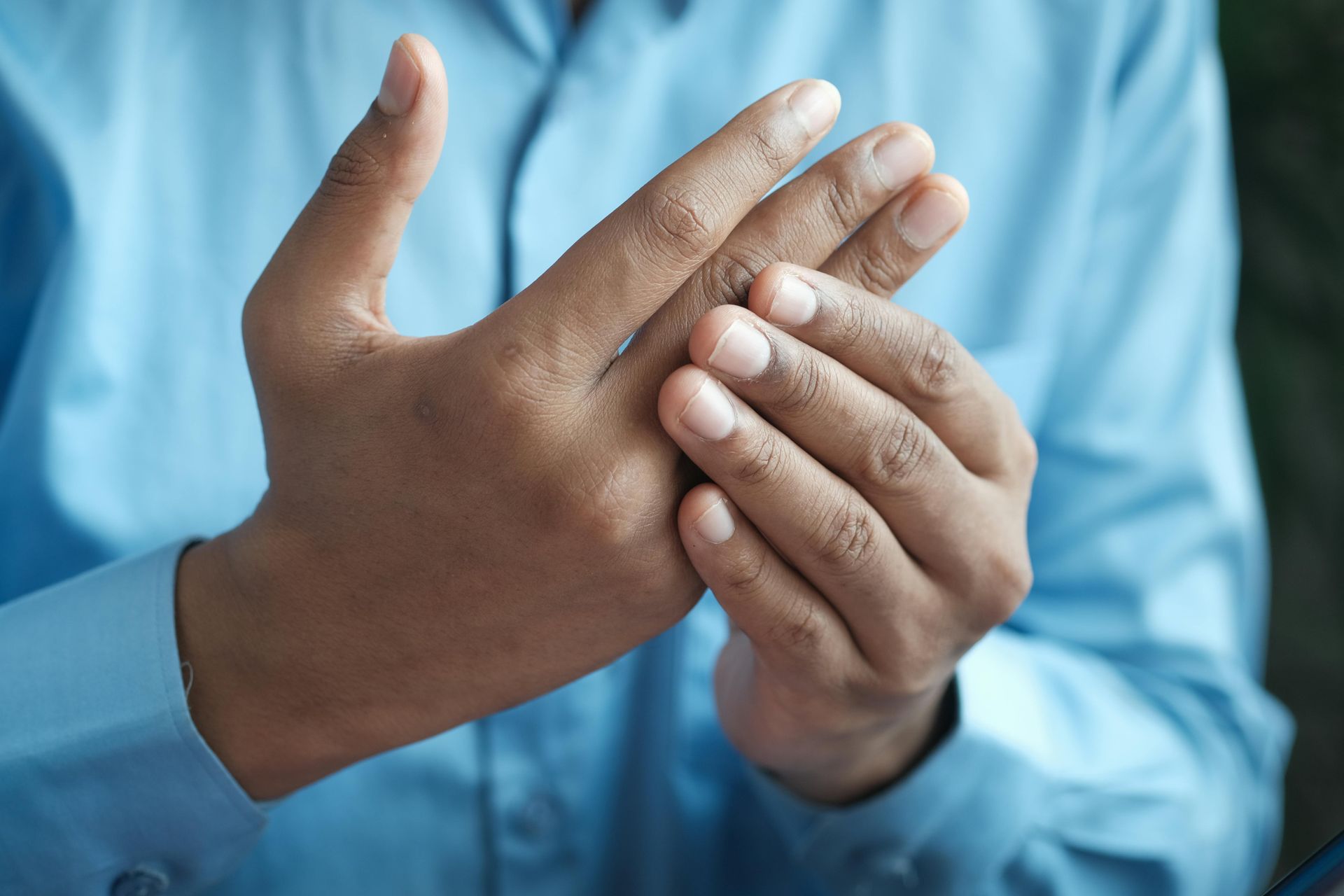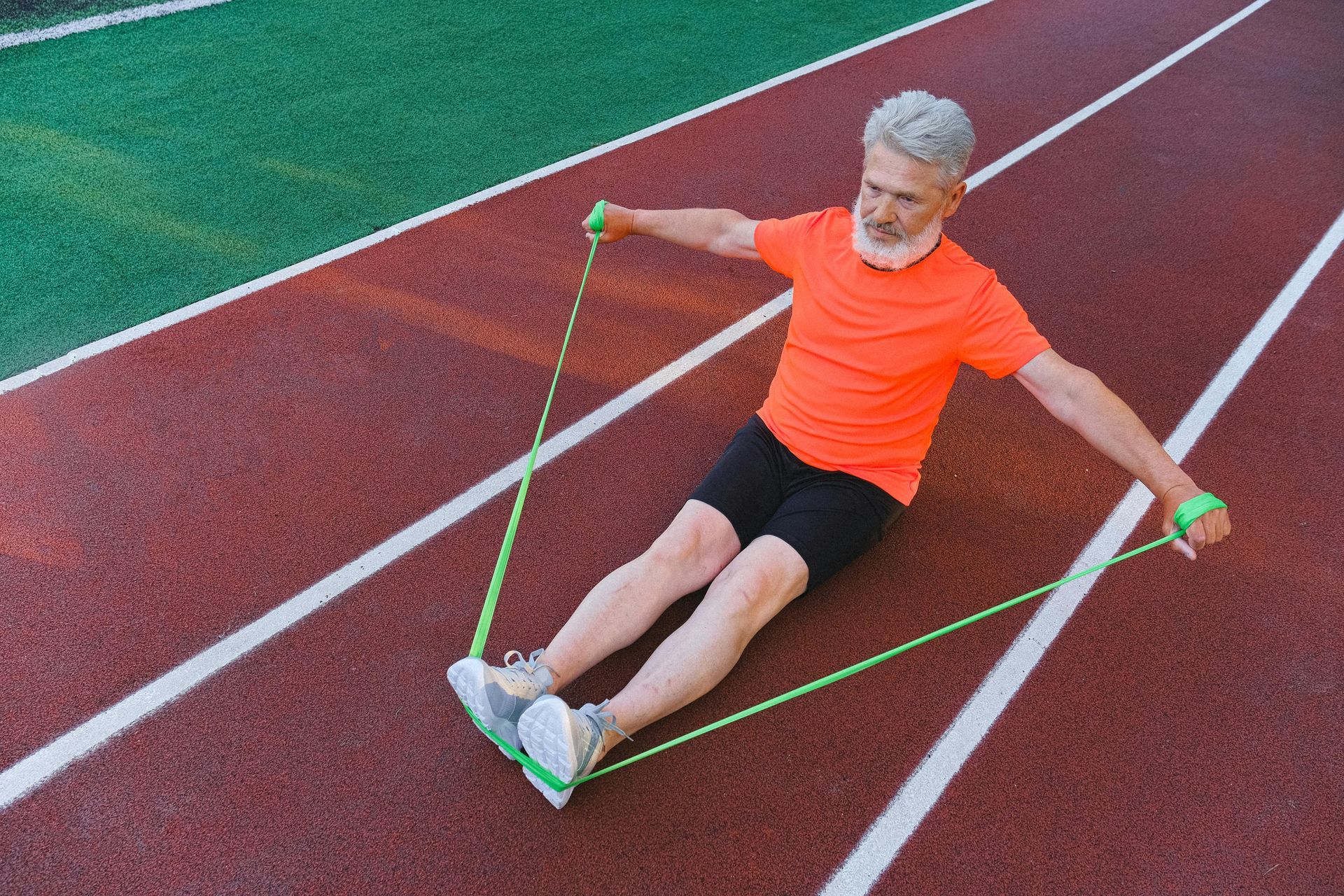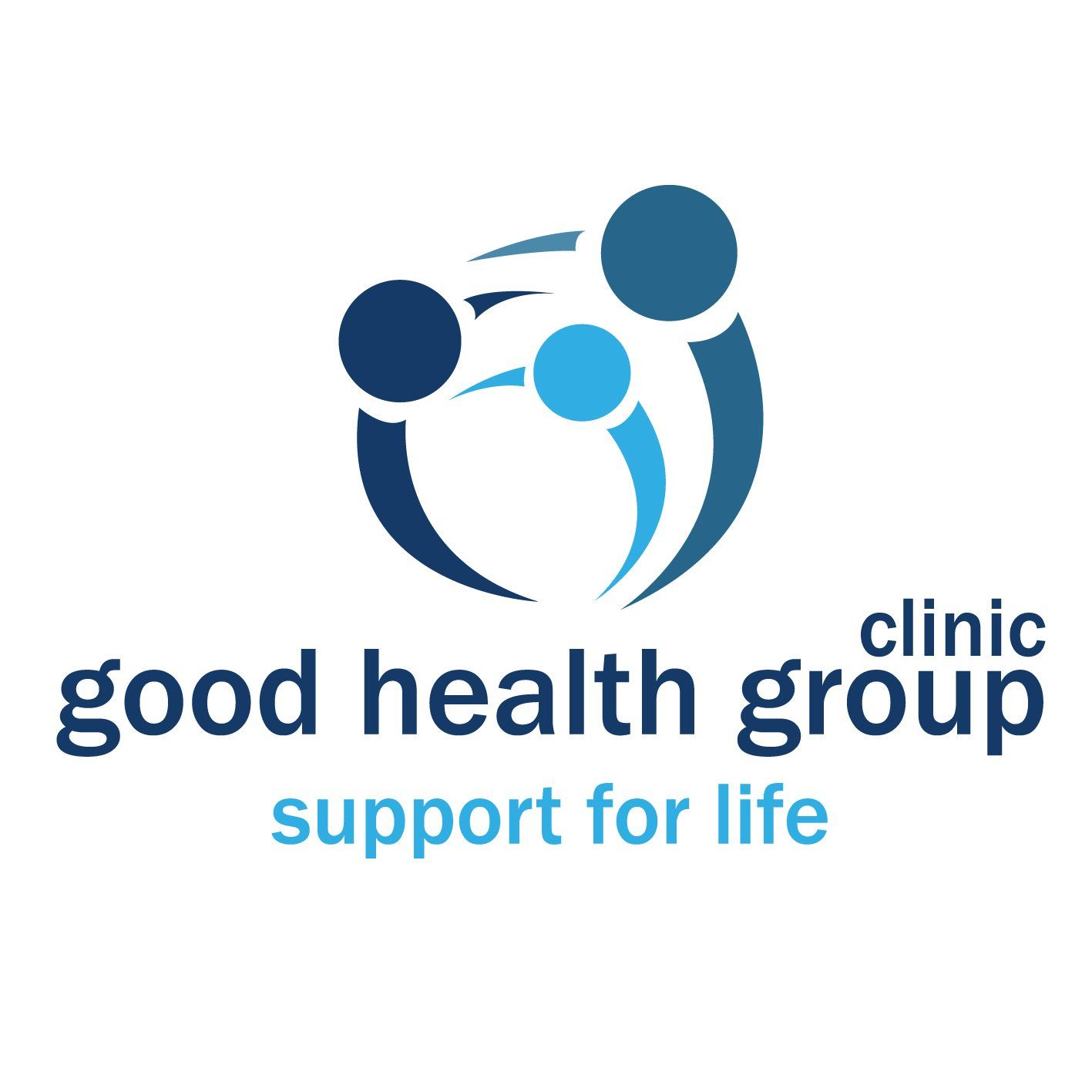Boost Your Health with Tart Cherry Juice: A Natural Remedy for Inflammation, Muscle Recovery, and Heart Health
As we get older, maintaining our health becomes even more crucial. Factors like inflammation, oxidative stress, and muscle fatigue contribute to various conditions, including heart disease and slower muscle recovery. But there's good news—tart cherry juice is a natural remedy that can help reduce these risks, speed up muscle recovery, and promote overall well-being.
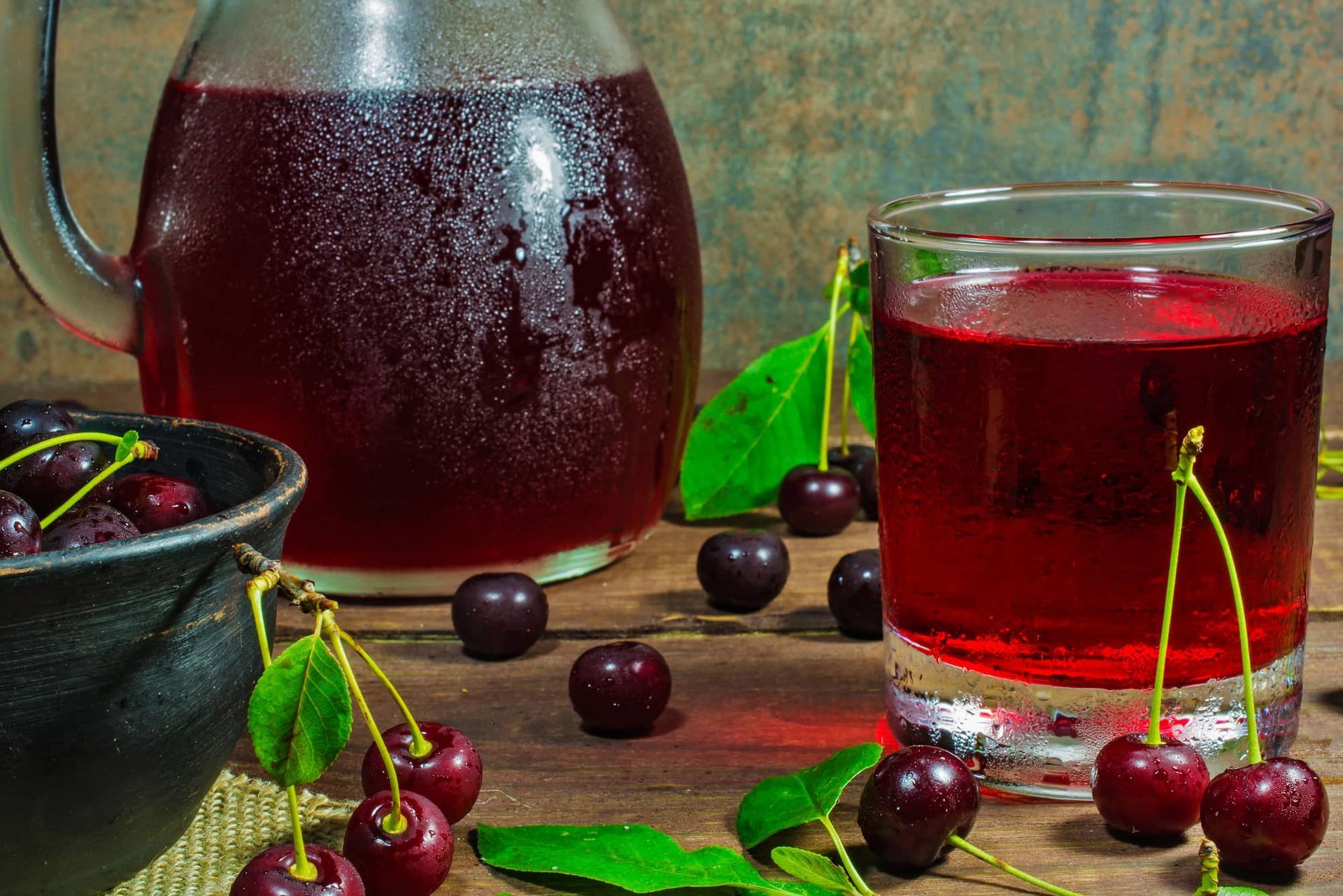
Why Choose Tart Cherry Juice?
A recent study conducted by the University of Delaware has revealed that drinking tart cherry juice daily can offer powerful health benefits, particularly for older adults. The study observed participants who consumed 480 mL of tart cherry juice every day for 12 weeks. The results were impressive:
- Reduced Inflammation: Tart cherry juice was found to lower levels of C-reactive protein (CRP)—a key marker of inflammation—by 25%. This makes it an excellent option for those looking to ease inflammation naturally.
- Lower Oxidative Stress: Oxidative stress, which can lead to cell damage, aging, and slow muscle recovery, was also significantly reduced. Key markers like MDA and OxLDL were lowered, highlighting tart cherry juice's potential to support long-term health.
These findings suggest that tart cherry juice can help reduce blood pressure, improve cholesterol levels, and speed up muscle recovery—making it a great addition to your daily routine, especially if you lead an active lifestyle.
Tart cherry juice is an antioxidant-rich beverage that combats inflammation, enhances muscle recovery, and reduces oxidative stress, key factors in aging and heart disease.
How to Incorporate Tart Cherry Juice into Your Diet
Adding tart cherry juice to your routine is simple and convenient. Here are a few ways to make the most of this superfood:
- Drink Daily: Enjoy a glass (240 mL) of tart cherry juice in the morning and another in the evening. Consistent daily intake can maximize health benefits, including faster muscle recovery after exercise.
- Try Tart Cherry Supplements: If you're not a fan of juice, tart cherry supplements are an easy alternative. Just follow the recommended dosage on the packaging to ensure you're getting the right amount.
Pro Tip: Tart cherry supplements are convenient for travelers or those with busy schedules. They offer the same antioxidant and muscle recovery benefits in an easy-to-take form.
Why Tart Cherry Juice is Worth Adding to Your Diet
Tart cherry juice is packed with antioxidants, including anthocyanins, which have been shown to fight inflammation, support muscle recovery, and improve heart health. These antioxidants help neutralize free radicals, protect cells from damage, and reduce the impact of aging on the body.
Incorporating tart cherry juice into your diet can lead to:
- Lower inflammation levels
- Reduced oxidative stress
- Improved heart health
- Faster muscle recovery
It's a simple, natural way to enhance your health and support your body's needs as you age.
Ready to Try Tart Cherry Juice?
Adding tart cherry juice to your diet is an easy, effective way to boost your health. Whether you're looking to reduce inflammation, speed up muscle recovery, protect your heart, or feel better as you age, this natural remedy can make a significant difference.
If you have questions or need advice on how to incorporate tart cherry juice into your diet, feel free to ask during your next visit to the Good Health Group Clinic. Our team is here to help you stay healthy and live your best life!
Blogs


